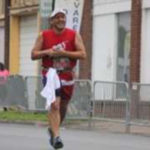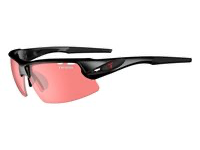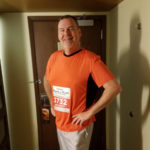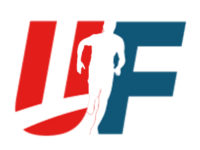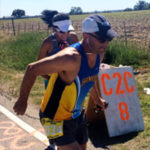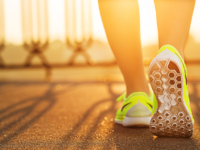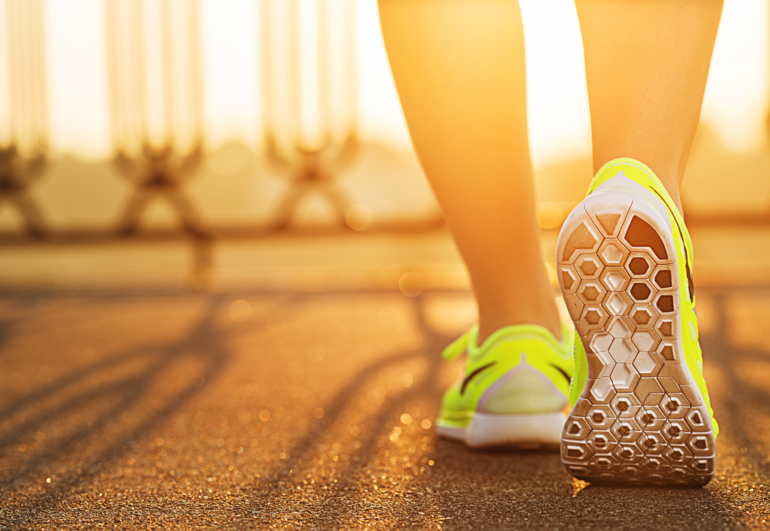Fall Season is Here, but the Heat Isn't Leaving

by Dr. Dan Powers
Ah, fall is soon upon us. But that doesn’t mean the temperatures are falling anytime soon.
Training in the Texas heat can be a real challenge. Your times just seem to get slower as the heat continues, and sometimes, it takes a supreme effort to get through a workout.
I remember seeing someone running in the 100-degree heat when I first moved to Austin 20 years ago.
“What kind of a ding-bat would run in this heat?” I asked myself.
Well, here I am, one of the ding-bats. I don’t particularly like working out in this heat, but if you want to be ready for race season, you have to do it anyway. The good news is there are definite benefits to working out in the heat. It makes you stronger, it makes you tougher, and it will make your pace quicken over the course of a season.
When working out in the heat, your body has to shunt nutrients and water to the skin to get rid of the heat generated by your own body. This, in turn robs your body of oxygen, electrolytes and water. As a result, your heart is forced to pump harder and faster. The more dehydrated you become, the more this process accelerates. I’m exhausted just thinking about it!
The most obvious solution to this dilemma is to give your body more water to work with but how you do this is either going to hurt you or benefit you.
Start out by drinking a couple cups of water at least an hour before your workout and a small cup of cold sports drink just prior. Limit alcohol the night before and limit coffee in the morning of a workout as this will tend to dehydrate you. Avoid aspirin, ibuprofen, etc., as this affects your kidneys ability to process fluids. During your work out drink water and electrolytes but remember, your body can only absorb 5-7 ounces of liquid every 15 minutes. Drinking too much, too quickly will upset your stomach.
After your workout, cool off your body with cold wet rags and replace lost fluids by slowly rehydrating. Every pound you lose from your workout requires 16 ounces to replenish. If your urine is dark, you’re dehydrated.
Lastly, avoid hyponatremia which is a critical loss of sodium in the blood. This can lead to brain swelling and seizures and can be lethal. This occurs from drinking excess amounts of fluids without electrolytes. If your pre-workout fluids include electrolytes you’ll never have to worry about hyponatremia.
The good news about working out in the heat is that your body is adaptable and will change its physiology over time. As time goes on your body’s efficiency to cool off will improve and so will your body’s ability to transport oxygen and nutrients to your muscles. Stay the course throughout the hottest parts of the year, and it will make you a better athlete. Then, when the weather starts to cool off, you will be amazed at how relatively effortless and more efficient your work outs will seem.



